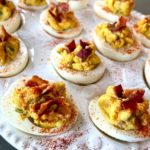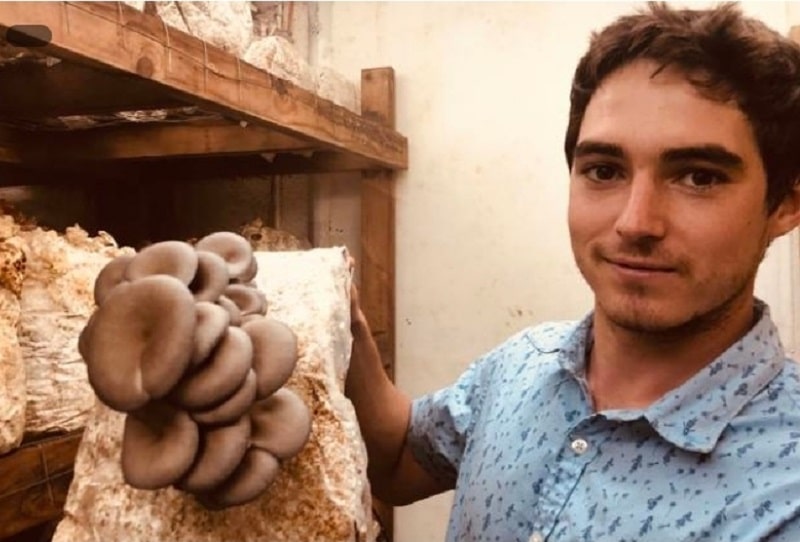
Microvora moving forward from a college project to a now-expanding warehouse operation.
Building a business from scratch is always a challenge. But growing a business in the literal sense from an indoor gardening project to a client base is another.
Owner Patru Dumitru took his microgreens business, Microvora, from a college project at UCCS to a garage-based experiment to a now-expanding warehouse operation, supplying many restaurants in town.
But the path of Microvora is ultimately about learning and growing, even as Dumitru’s business expanded into mushrooms.
“I went to UCCS for a year for business and I was in a class where we were told to come up with a prompt for a product that hadn’t been invented yet in Japan, but that was available in other places.” He was thinking that there were so many people living in apartments there that didn’t have room for a garden. Hence, the idea for an indoor garden center.
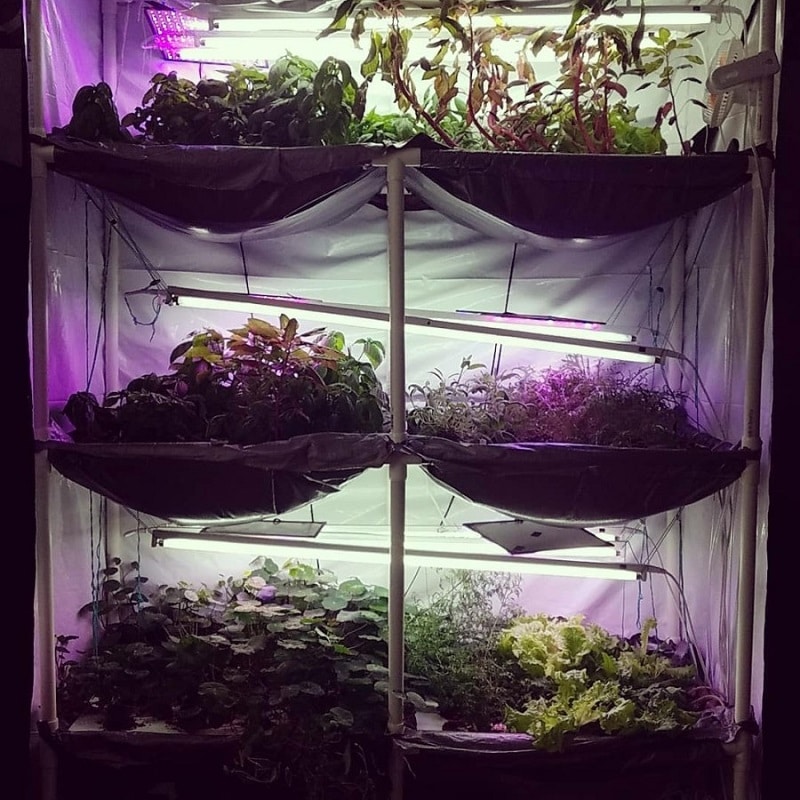
Dumitru came up with a 2×2 foot unit that could grow 30 heads of lettuce with only about five minutes of work necessary a week. That is where the idea began. He tried for two years to push the product at retirement homes locally without much luck. He then brought the system to a farmer’s market where another attendee (who was a chef) recommended growing microgreens that could be sold to restaurants.
Making a pivot to microgreens
“So, I kind of pivoted and started growing microgreens out of my indoor gardening center, just to see if I could do it.” Dumitru took some samples to local restaurants. The original results didn’t look great, but they said, “See if you can get them better.” He improved the quality, gaining their interest. At that point, Dumitru started to see potential. He took out a $10,000 loan and started building out a microgreens farm in part of his parents’ garage.
“We started with like eight 4×2 shelves, five tiers tall. And with those shelves, I think I got like six, seven restaurants [as clients] but it took maybe two, three months to get them to that point.” Dumitru was maxed out on space. He expanded to the other side of the garage. “My parents probably didn’t enjoy having their cold cars in the winter but I’m happy that they were willing to make that sacrifice.”
At that point, more microgreens as well as mushrooms seemed to be the next step for Microvora. But that required a larger space.
Dumitru says restaurants can go through 50 pounds of mushrooms a week. Most are portobellos but some other mushrooms (gray oysters, for example) can go for four times the price. As a result, with his volume, he has to limit the restaurants he works with to 5 to 10 pounds a week. This is also dependent on the growth time for the mushroom. As a comparison, it takes 2 weeks for the microgreens versus 4 to 8 weeks for the mushrooms depending on the varietal.
Dumitru looked on Craigslist and found a 2000-square foot warehouse renting for 50 cents a square foot which he said, “sounded dandy.” He got it up and running, increasing his microgreens production two-fold.
Learning on a curve growing mushrooms
All of this he did without a culinary background. As the business grew, it became about science and math with a little bit of marketing thrown in. “The warehouse was nicer because I had windows where I could put an intake and exhaust vent – that really helped airflow. And I really don’t know how I was getting away with no intake and exhaust out of the garage. But I guess just opening the garage was enough from time to time.”
The mushrooms came to fruition about a year after he moved into the warehouse. The integration with the chefs in town just came from persistence in showing them what he was doing, “I didn’t know any chefs. It’s cool when you meet one chef, and they know at least two other chefs. And then they kind of connect you and eventually all the chefs know all the chefs. It is just neat the way that they’re all interconnected.”
The fresh component of Microvora Mushrooms
The key is the “fresh” component, which is what any chef craves. “Local is often sustainable and, on top of that, the quality of the product is that much higher because I literally harvest it and bring it to them that day. And especially for microgreens, they don’t like to be bumping around in the truck or anything like that.”
Dumitru also promotes the restaurants that he sources to so people that follow him [he currently is at Bancroft’s Farmers Market Saturdays and posts on Instagram] are brought to those businesses. “So, it kind of becomes a closed-circle thing.”
As far as some of his products people look for….”I think one of the most versatile mushrooms that I’ve seen used is a Lion’s Mane.” Beasts & Brews used the mushroom to make carnitas tacos. “That was really cool,” Dumitru says.
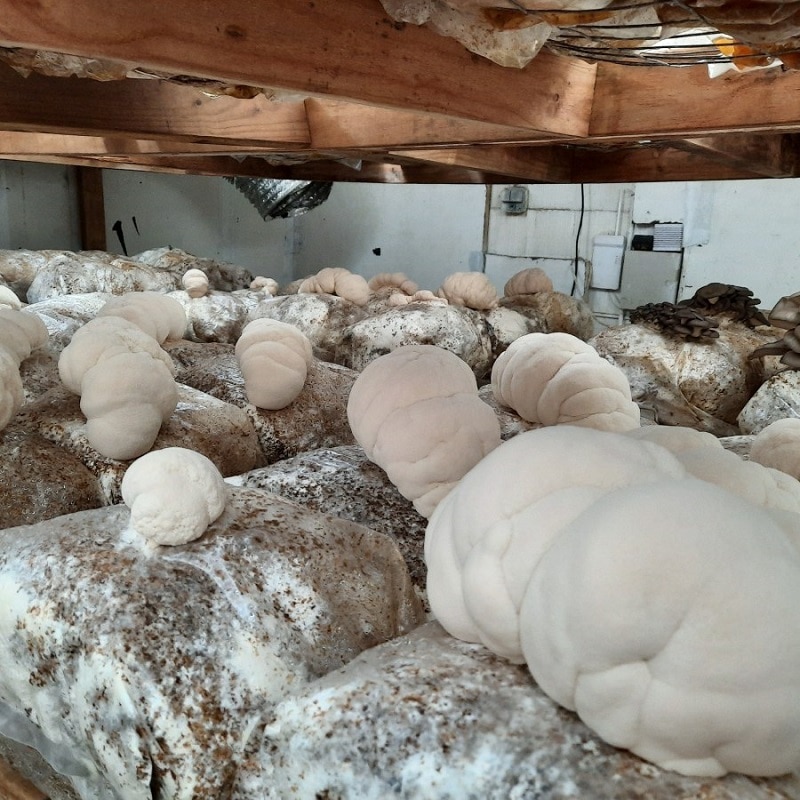
Range of versatility
Lion’s Mane, Dumitru explains, can be shredded up to make carnitas. What he likes to do is make a chicken breast patty out of the mushroom, cut it up and make a makeshift chicken alfredo. “It’s super versatile.”
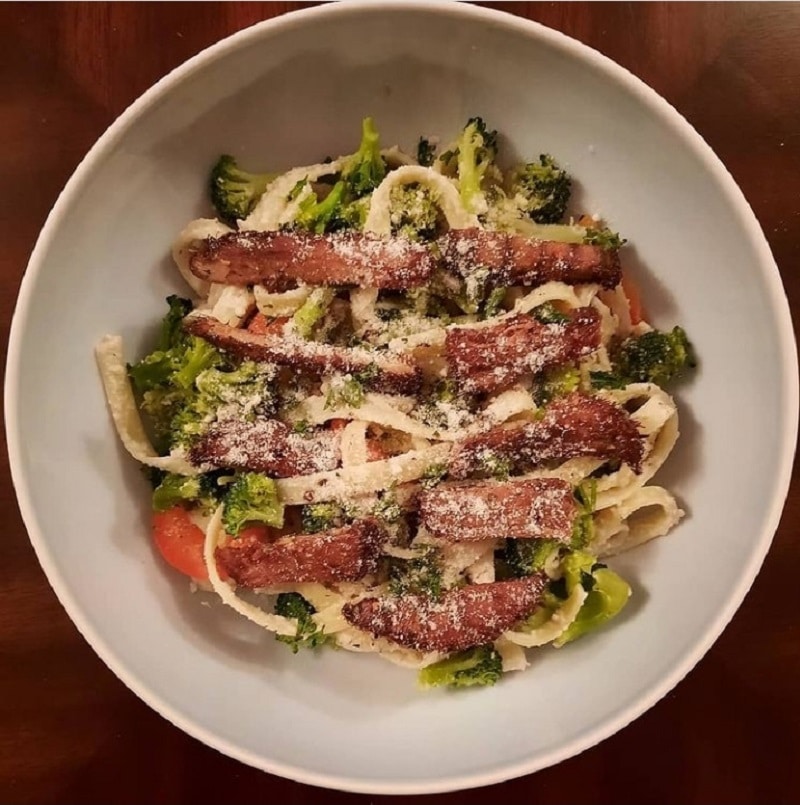
On the microgreens side, Microvora is now growing 16 different kinds including sunflowers, pea shoots, corn shoots, swiss chard, purple radish, mustard, and kale. To maintain availability and still serve the restaurants while having availability for the public, Dumitru offers [at the market] a four-ounce mix, with one ounce each of four kinds [at a price of $15], which makes it easier for him to manage the inventory. The mushrooms will cost patrons $10 to $20 a pound but he is also able to sell in half pound increments.
But expansion is just around the corner.
He is currently closing on a 5,600 square foot location behind the World Arena off East Las Vegas Street next to U-Pull & Pay. “We’re going to be expanding the gourmet operation 2.5 times and then we’re going to also be adding Cordyceps & Reishi mushrooms, which are super medicinal.” Dumitru currently employs 7 people in his operation but, with the expansion, that will definitely grow.
From there they will target big box health stores like Natural Grocers and Sprouts while still maintaining local clients. The key: Maintaining his initial idea for Microvora mushrooms and microgreens yet bringing it to the next level.









